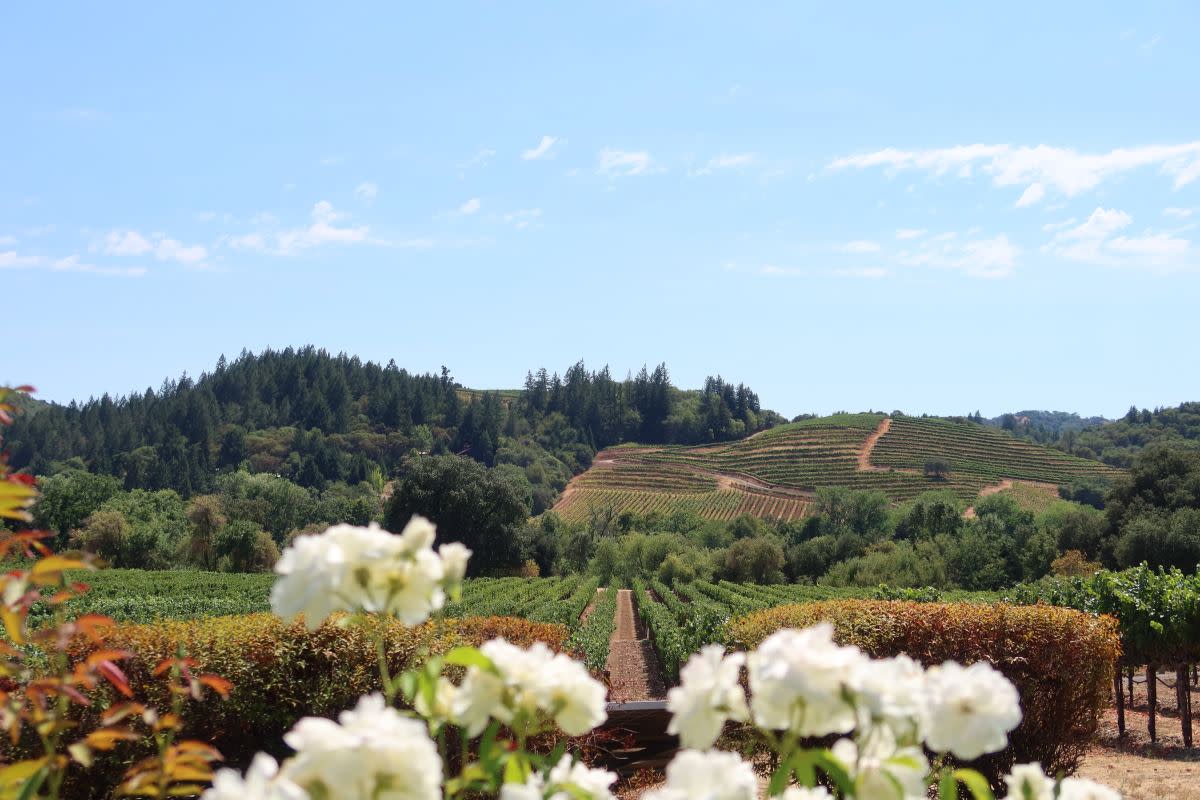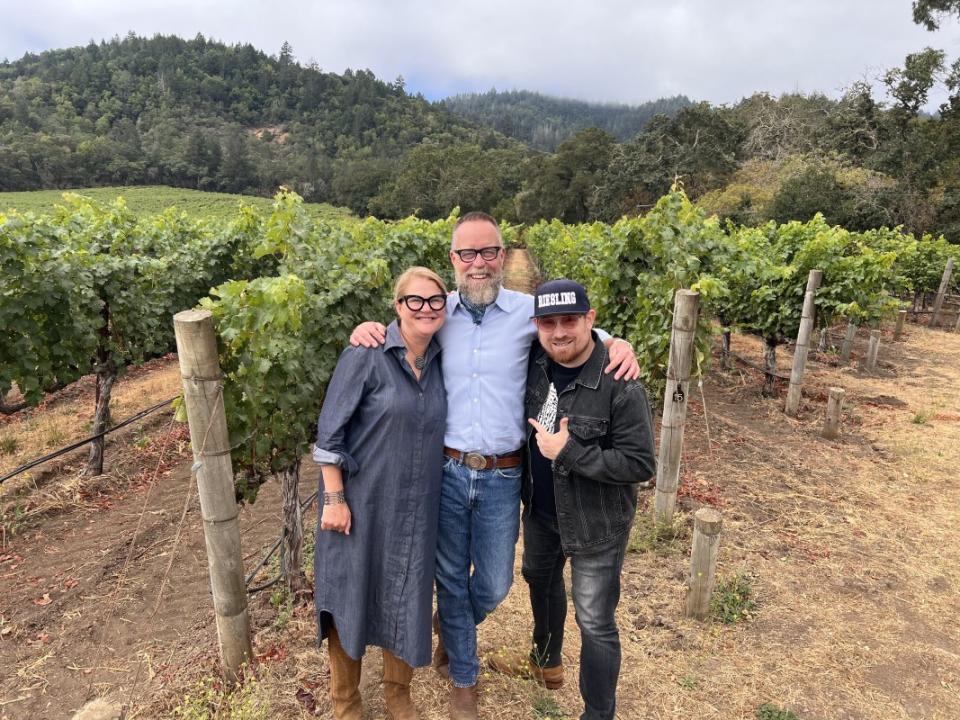Liquid Love Letter: Wine Marathon

Courtesy of Unsplash | Photo by Ugi K.
You may have heard about the marathon races that are run throughout wine regions around the world. Urban legend has it that, in Bordeaux, participants are given sips of wine at “water stops” along the 26.2-mile route.
I can neither confirm nor deny whether that actually happens; I’ve never participated in nor observed the race in Bordeaux. But a few years ago, I completed the marathon in the Napa Valley, which is known for being a fast course that descends slightly downhill from its starting line in Calistoga, continuing south along the Silverado Trail, before finishing in downtown Napa.
There were plenty of water stops from start to finish, and I can attest that not a single one of them served wine. (Not even if you asked, nevermind that we ran along the edges of mile after mile of vineyards and the wines were right there.) But the metaphor of the Napa marathon has been on my mind the past two weeks, as four different friends asked for my recommendations on what to do and where to go during their upcoming trips to Napa.
Each friend was looking for something different: one was red-wine-oriented, another focused on food and restaurants, the third was a cyclist, and the fourth charted a course from one sparkling wine producer to another. But aside from specific recommendations according to those guidelines, my general advice was the same.
Approach your visit like a marathon.
Here are two of my favorite guidelines.
Pace Yourself
The first, foundational rule is to pace yourself and, relatedly, to not start out too fast. There’s a lot of ground to cover. Though the urge will be strong to say Yes to every opportunity for another pour of wine in your glass, you’d be setting yourself up for burnout (or worse) far too early in the day. The shift in recent years in winery tasting rooms, in Napa and elsewhere, has been toward reservation-only, seated tastings. In that way, the pace is mostly set for you. Still, don’t try to schedule too many tastings in any one day. Two wineries a day is a good pace (or possibly three if you start early) especially considering breaks for meals.
Savor the Other 25.2
A marathon, as you know, lasts for 26.2 miles, about 25.2 of which is usually a solitary pursuit, away from spectators or crowds or spotlights. That’s where I would encourage you to go when you’re in Napa: away from the “crowds” or the well-traveled paths to the most popular or well-known wineries or restaurants. Find your way to somewhere else, whether that means driving a little further away or saying Yes to a reservation at a winery you don’t know at all. One of the most compelling Napa visits I’ve made in recent years was to the Phillips family at Vine Hill Ranch (VHR) in the Oakville AVA. Until very recently, their approach was to stay quite far under the radar and away from the spotlight themselves – as grape growers and guardians of some of Napa’s most prime “grand cru” landscape, that is, supplying grapes to top-tier brands rather than bottling and selling their own finished wine. In terms of public recognition, VHR has been the “solitary pursuit” of those 25.2 miles of the Napa marathon: behind the scenes, away from the crowds, living the daily (actually decades-long) grind of putting in the work to achieve a unique accomplishment. Fortunately, you can find VHR’s own-labeled Cabernet Sauvignon at restaurants around the Valley now, even if you don’t meet the Phillips family in person. Look for those wines, and savor that 25.2.

Courtesy of Matthew Kaner
When the opportunity comes up to stand on hallowed ground, you often feel the gravity of the footsteps that came before yours.
Having the chance to walk Vine Hill Ranch meant I was able to feel the energy the Phillips family felt when they acquired the land in the 1950s, but you must consider what came before their acquisition.
THE LEGACY Napa Valley growers—Hopper, Whitton, Hahn, Taddei—have farmed Vine Hill Ranch since 1884, documenting their annual plantings of grapevines, plums, pears, and other crops in hand-scribed reports.
Now three generations have tended to the land at the site of Vine Hill Ranch (VHR), with Bruce & Heather Phillips preserving the initial brilliance and innocence of the magical site. Tony Soter, of both Napa Valley and Oregon fame, helped them map out how to plant the vineyard. His contributions led to VHR being one of the most coveted vineyard sites in all of the Napa Valley.
Bond, Accendo, Kinsman Eades, Lail, Keplinger, Dalla Valle, Robert Mondavi, Memento Mori…these are some of the names who've been granted the privilege to receive this coveted fruit from Vine Hill Ranch. Is there a greater blessing in Napa Valley Cabernet Sauvignon folklore?
A conservative farmer mentality drove the working on the property through the first two generations, solely as grape growers…then an epiphany…Inspired by Bob Phillips’ seed of a thought, in 2008, the Phillips family launched their own label, “VHR.” Produced from 100% Cabernet Sauvignon, VHR is the only wine that has the ability to source fruit from all seven blocks of the 70-acre estate.
“The unexpected outcome of the VHR project was we became better farmers. ”
–Heather Phillips
Vine Hill Ranch and VHR are the true definition of, “this is a marathon, not a sprint.”

